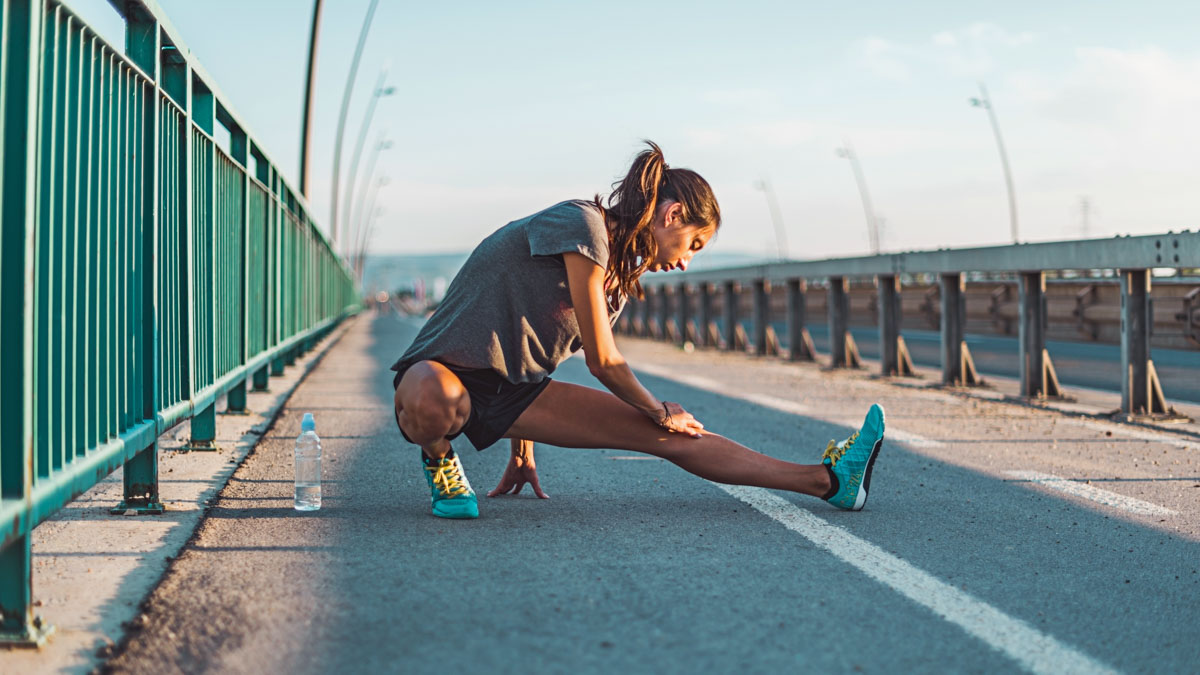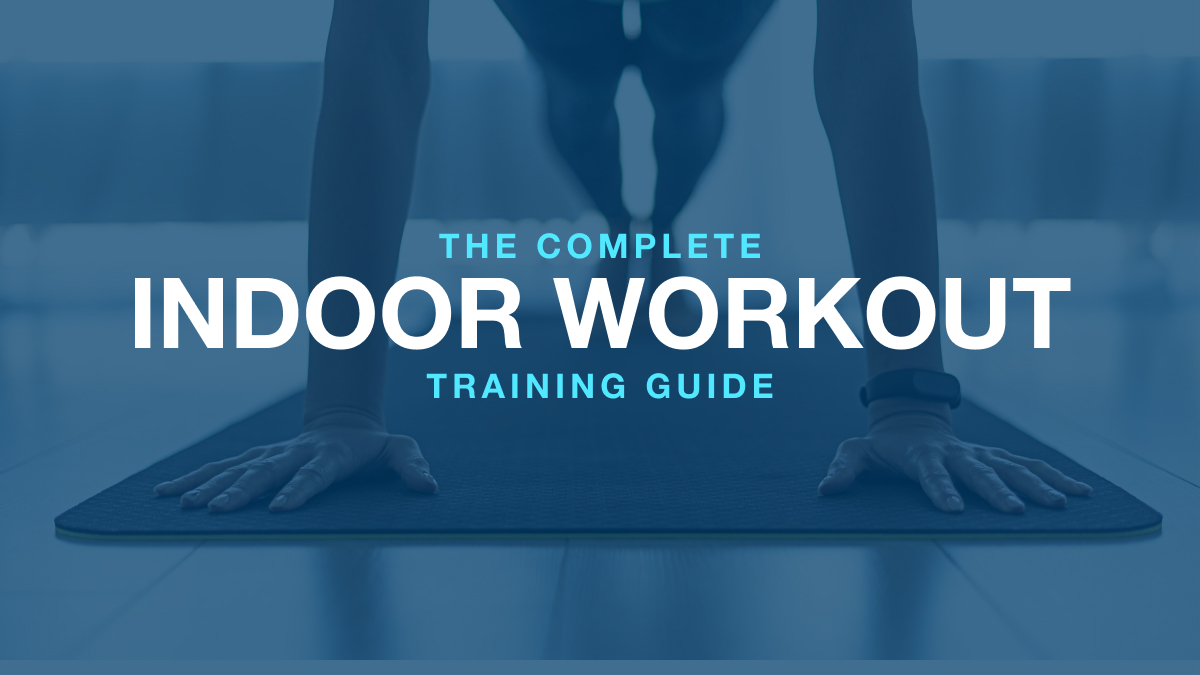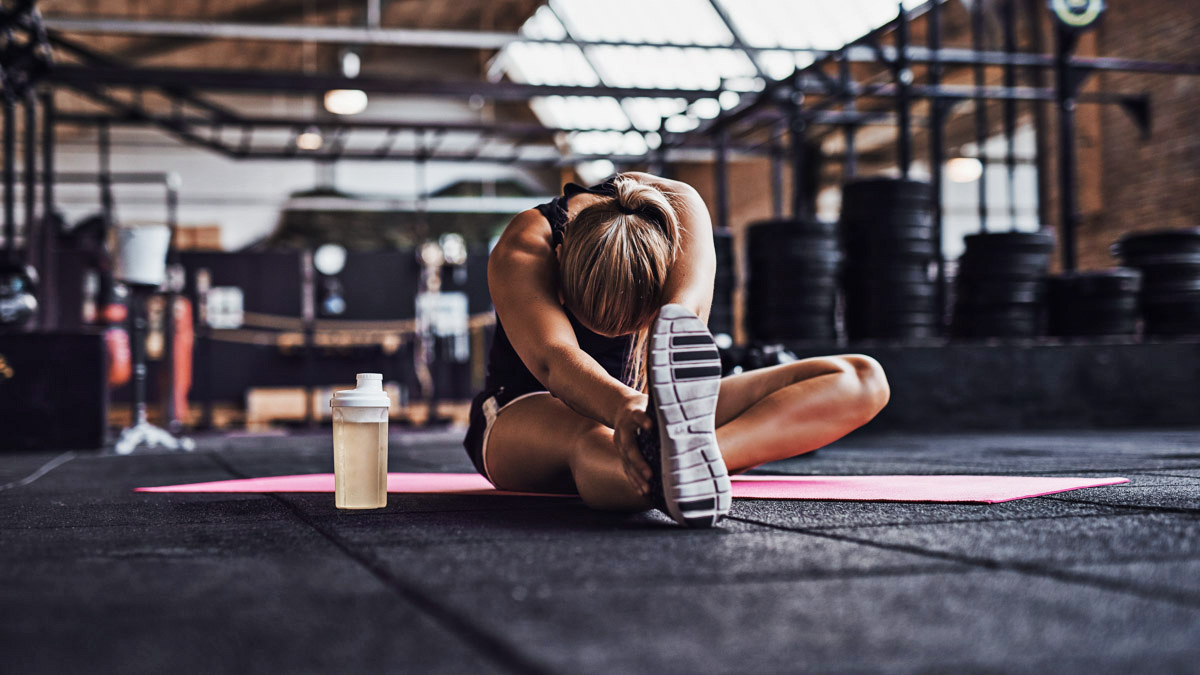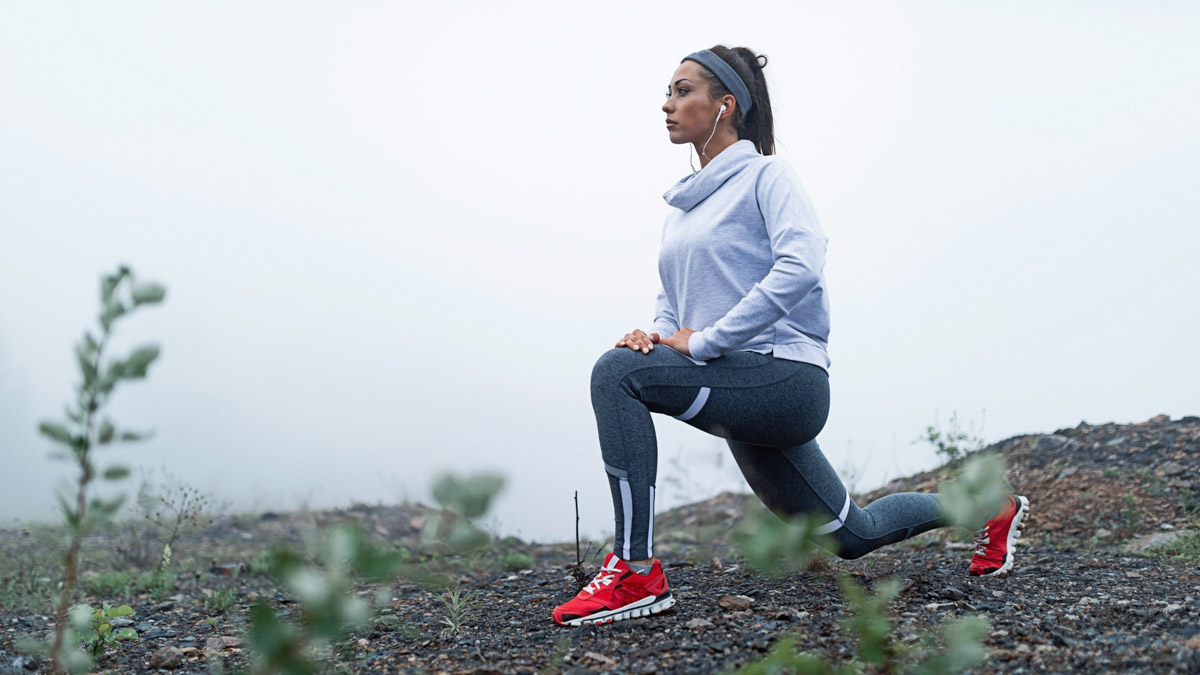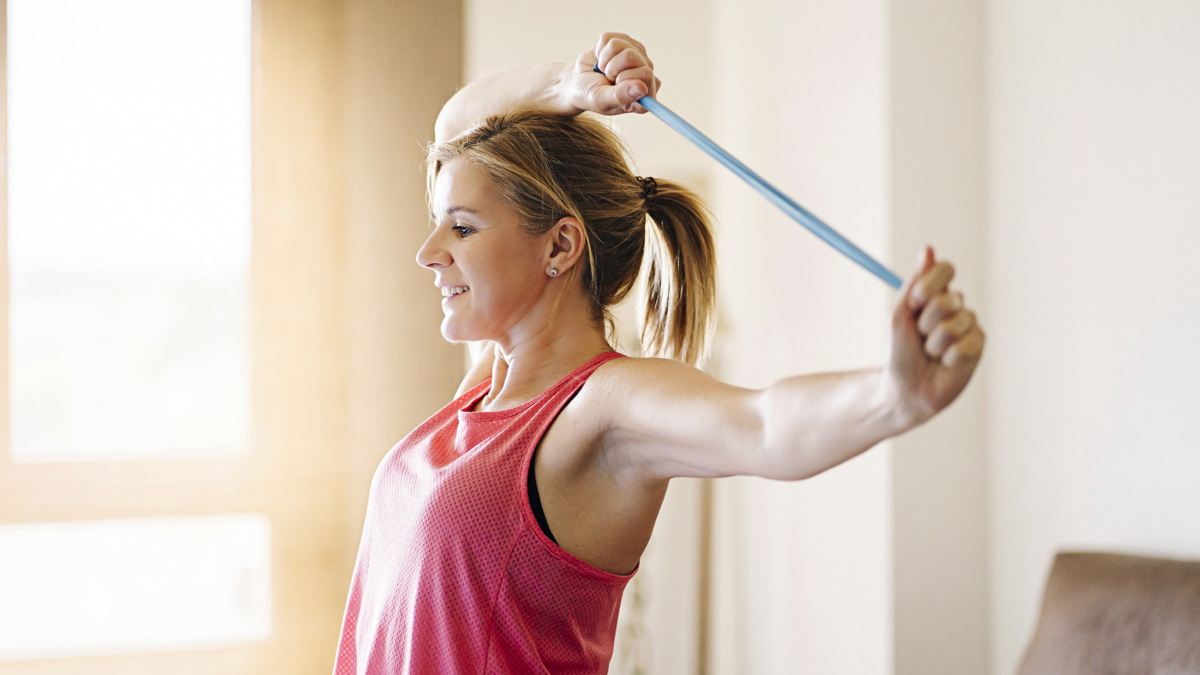There are few things more frustrating than getting a solid training block under your belt only to have a chronic condition derail your racing plans, or to feel an area that’s normally supple suddenly stiffen up. This can not only contribute to acute injury during the event and increase your chances of chucking in the towel before the finish line, but also get in your head and diminish the racing experience.
In this article, I’ll share mobility exercises for athletes that can help you overcome some of the most common issues that could slow you down or prevent you from even taking the start line: tight hip flexors and knees, plantar fasciitis, persistent hamstring stiffness, and sore Achilles tendons.
Tight Hip Flexors/Quads or Runner’s Knee
Even if you keep your training mileage moderate or low, your knees and hips can still take a pounding, particularly if most of your training is on the road or another hard surface. As a result, the entire movement segment from your knee up to the top of your hip flexors (which insert in the lower abdomen) can lock down.
You might feel pinching in the quadriceps above your knee or the burn of patellar tendinopathy (aka, runner’s knee) below it, which, according to a study published in the British Journal of Sports Medicine, is the most common chronic issue among runners. Or you might feel a sore spot right at the top of the hip flexors themselves, just under the front of your pelvis. Either way, tightness along this seam is both uncomfortable and distracting. Two exercises that can help — the “quad smash” and “couch stretch” — are detailed below.
Quad Smash
If you watch NBA players before a game, some of them will invariably be using a foam roller on their quads. Why? Because it’s a surefire way to feed slack upward into tacked-down hip flexors and downward into cranky quadriceps and knees. Here’s how to do this devastatingly simple yet highly effective exercise right:
Couch Stretch
There might not be a single cure-all exercise for tight hips and knees, but the couch stretch is as close as you can get. If you don’t have a flat wall handy as per the directions below, simply get into a lunge position, keep your torso tall, and lean back slightly until you feel a stretch in the hip flexors of the front leg. Should you be able to locate a wall, then perform the steps outlined in the video instead.
Plantar Fasciitis
Some chronic issues are only aggravated by certain activities like sprinting or jumping that involve high acute loads to the impacted tissues. But with a condition like plantar fasciitis, which is characterized by inflammation of the web of tissues running along the bottom of your foot, even light jogging or walking can become painful.
The British study I mentioned earlier listed plantar fasciitis as the third most common ongoing condition experienced by distance runners. Another paper published in The Physician and Sportsmedicine concluded that “stretching of tight calf and plantar tissues have all been proven to relieve symptoms.” So try performing the two exercises below for just a few minutes per foot and, if time allows, also doing the calf and ankle mobilizations I suggest (further down in this article) for relieving tightness in your Achilles tendons.
Foot Roll Out
One of the main mistakes runners make when trying to deal with their barking dogs is to use a roller or ball that’s way too hard. There are an awful lot of nerves in your feet and, like your hands, they’re sensory organs, so blasting them with a hard object that you’d use on your quads or lats is going to bring pain in all the wrong ways. Instead, get a soft ball and follow this video.
Seiza Sitback
When martial arts students are listening to their sensei, they’re in one of two positions: standing or sitting in seiza. The first few times you do it, you’ll probably feel a nice stretch along your shins and on the top of your feet, but this position also relieves tightness in the tissues that run along your soles.
Stiff Hamstrings
The hamstrings work with the quads to propel you forward and, when necessary, apply the brakes. A group of researchers from University College London noted that a hamstring strain is the most common acute injury suffered by athletes in track and field and reported that the incidence of re-injury or the development of a recurring issue is high. In other words, if you’ve ever had a hamstring problem in the past, you might still be dealing with some diminished function now.
When your hamstrings are tight, you could not only experience localized pain, but also discomfort downstream in your knees or upstream in your glutes or lower back. The British researchers demonstrated that combining mobility and strengthening can help, so take action before your big race with the following exercises.
Hamstring Tack and Floss
Sometimes the best mobility exercises are those that are the most portable and versatile. That certainly applies to this classic hamstring liberator, which you can do sitting down on a plane, in a restaurant, at home, or on a plyo box at the gym. Once you’ve found a flat surface, follow this video.
Banded Hip Distraction
Despite its name, this craft mobilization will feed some much-needed slack all the way down from your hip and glute (aka, butt muscles) through the hamstrings and back of the knee down to your calf.
Sore Achilles Tendons
Pain in your Achilles tendon can be scarier than in just about any other part of your legs because a partial or full rupture requires a long and arduous rehab that can take a year or more from start to finish. Even if you never actually tear the tendon, the burning pain that tendinopathy in this sensitive area causes can be exacerbated by every stride, which isn’t exactly conducive to an enjoyable racing experience.
If you have trouble in this area, you’re not the only one. In a comprehensive review of injury data, a Swiss research duo found that Achilles pain is the third most common chronic issue that runners face. As with the other trouble spots in this article, smashing the tissues around the affected area can provide some welcome relief. Start with the two exercises listed below.
Calf Smash
Like the quad smash, this calf variation is a staple among pro athletes. So much force goes through your lower legs when you run that the soleus and gastrocnemius muscles can start to tug on your Achilles tendons and other tendons and ligaments in the foot-ankle complex. To reverse the pattern, perform the steps in the video below.
Banded Ankle Distraction
As with the quad smash and banded hip distraction, following a few minutes of calf smashing with this banded mobilization will help feed more slack into the Achilles and surrounding soft tissues. You can experiment with how low or high you put the anchor end of the band to vary the stimulus, and also alternate facing toward and away from the anchor point.
Cycling through the exercises above should help your legs and feet to feel limber and mobile going into your race. You could also try a portable massage gun and thermal therapy like soaking in a hot tub or bath to amplify the positive effects. And be sure to perform a dynamic warmup to prepare your body for the rigors of racing before you get to the start line. Now go out, have fun, and crush it.
*Please note that these exercises are not designed to treat the kind of acute injury that might keep you sidelined. You should consult your coach or physical therapist if you’re in serious pain or worried about hurting yourself in the event.
Reference
Glazer, J.L. (2009, June). An approach to the diagnosis and treatment of plantar fasciitis. Retrieved from https://pubmed.ncbi.nlm.nih.gov/20048512/
Pollock, N. et al. (2021, April 14). A 4-year study of hamstring injury outcomes in elite track and field using the British Athletics rehabilitation approach. Retrieved from https://bjsm.bmj.com/content/56/5/257
Taunton, J.E. et al. (2002, April). A retrospective case-control analysis of 2002 running injuries. Retrieved from https://pubmed.ncbi.nlm.nih.gov/11916889/
Tschopp, M. & Brunner, F. (2017, June). Diseases and overuse injuries of the lower extremities in long distance runners. Retrieved from https://pubmed.ncbi.nlm.nih.gov/28236094/
